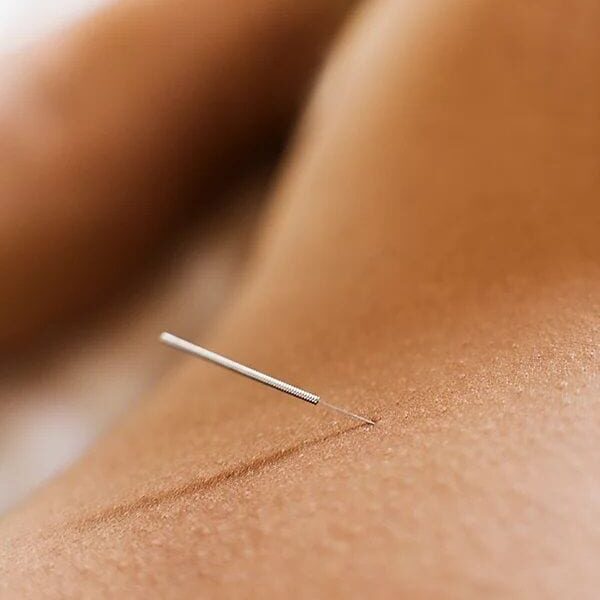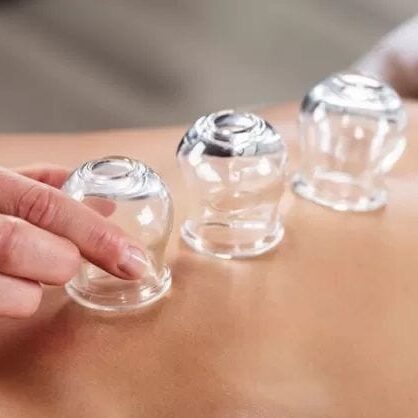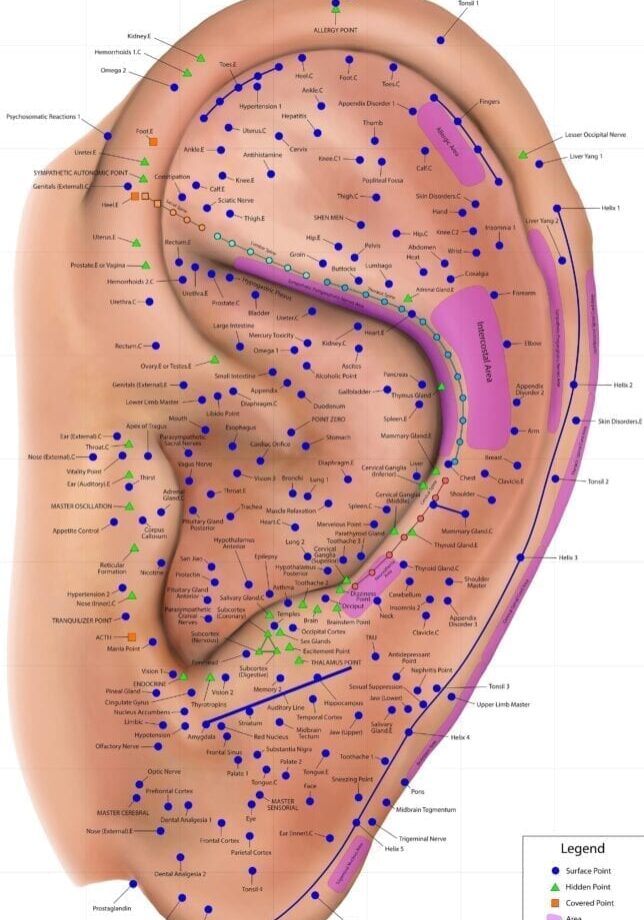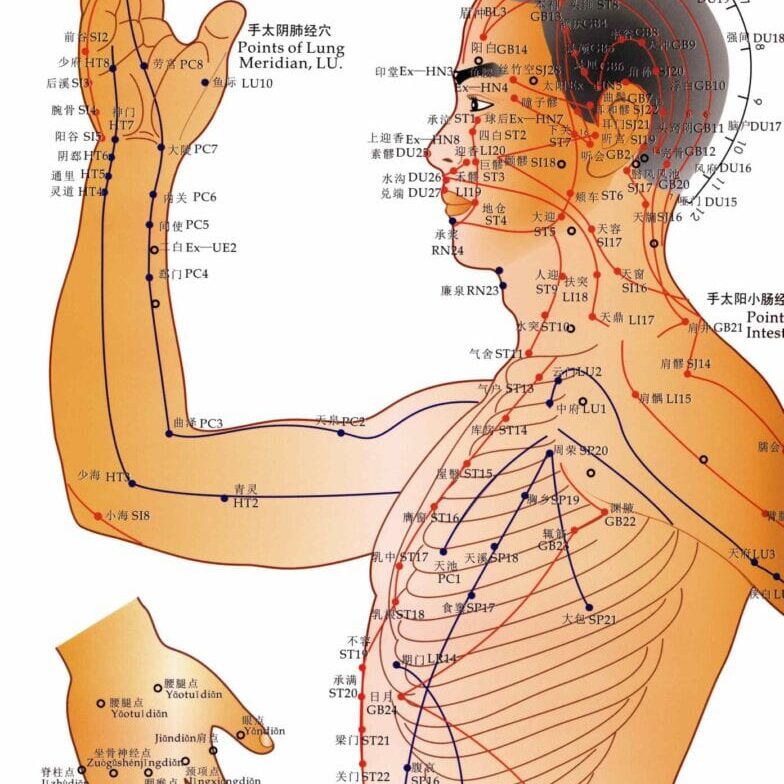New Patients
Welcome New Patients
What you need to bring to your initial appointment

Fill Out the Intake Form
Please print out this Intake Form to complete at home and bring it with you to your first appointment. We also have copies available at our office in case printing is not convenient for you. In that case, please arrive 15 minutes early to complete the form before your scheduled appointment begins.
Check With Your Insurance Provider if You Have Insurance Coverage for Acupuncture
Insurance coverage varies from state to state and among carriers. Contact your insurance provider to learn what kind of care is covered. If you call your insurance provider, please write down the date and time of your call, and the name of the person who spoke with you. If your insurance covers acupuncture, please ask: what kind of condition is covered? Is there any deductible, co-pay, or co-insurance? How many visits are covered per year?

How to Prepare for Your Acupuncture Treatment
To prepare for your appointment, come with any questions you may have; We're here to help you. Wear loose, comfortable clothing for easy access to acupuncture points. Don't eat an unusually large meals just before or after the visit. Don’t over-exercise, engage in sexual activity, or consume alcoholic beverages within 6 hours before and after the treatment. Continue to take any prescription medicines as directed by your regular doctor. Substance abuse (drugs and alcohol) especially in the week prior to treatment, will seriously interfere with the effectiveness of acupuncture treatments. Avoid stressful situations. Make time to relax and be sure to get plenty of rest. Between visits, take notes of any changes that may have occurred.
My Approach/Style of Patient Care
My approach or style of patient care is very patient-centered. I listen to my patients and provide care with dignity and compassion. I try to respect your individual preferences, needs and values. I make sure you are informed and involved in your care. This is especially important because acupuncture and oriental medicine are different from conventional medicine, so the process may be unfamiliar to many patients.
What an Acupuncture Treatment is Like
During treatment, extremely fine, hair-thin, flexible needles are placed at specific points on the skin. Once the needles are placed, you may experience a sensation of tingling, vague numbness, heaviness or a dull ache in the area while the practitioner is stimulating the point. Sometimes people experience a sensation of energy spreading and moving around the needle or radiating from the needle. These are positive signs that the treatment is working.
Usually the patient will be lying on a comfortable, padded table or in an easy chair. Often patients will become very relaxed and fall into a light sleep during the session.

What You Can Expect During and After Your Appointment
During your initial visit, I will take a full medical history and ask questions about your symptoms, health and life-style, etc. I may also check your tongue and pulse, perform a physical exam and review your lab tests and imaging exams. You may receive an Acupuncture treatment after the initial exam. Treatments can last from 30 to 90 minutes. I may give recommendations to you about Chinese herbal medicine, diet, exercise and other Oriental medicine modalities. I will discuss with you the course and frequency of treatment, cautions and encourage you to actively participate in your healing process. As in any form of healing, your attitude, diet, determination and life-style will affect the outcome of the treatment.
During your return visit, I will check with you about any changes from the previous visit, adjust the treatment according to your response to the treatment.
During your treatment, extremely fine, hair-thin, flexible needles are placed at specific points. Once the needles are placed, you may experience a sensation of tingling, vague numbness, heaviness or a dull ache in the area while the practitioner is stimulating the point. Sometimes people experience a sensation of energy spreading and moving around the needle or along the course of the meridian. These are all positive signs that the treatment is working.
After your appointment, it is recommended to drink plenty of water and take it easy. About 10 to 15 % of time, some patients may experience some mild residual pain in the needling area, slight bruise on the skin, mild headache, lightheaded, sleepy, or pain that worsens a little bit during the first day or two right after treatment. These symptoms are usually not concerning or require medical help. If the pain is severe, then a heating pad or ice is recommended.
How Long Does A Treatment Usually Take?
An office visit will typically last from 30 minutes to 1 hour and, longer than 1 hour for some cases. The needles, once inserted, will usually be left in place from 15 to 45 minutes. The length of a visit can vary due to desired results and the type of acupuncture technique best suited for each individual treatment.


How Does An Acupuncturist Know Which Points to Use?
Acupuncture points reside on meridians, or channels, which are energetic pathways that run throughout the entire body. These meridians are linked to each other as well as to different organs. Using his knowledge of the interrelationship between the meridians and organs, an Acupuncturist will choose points to effect changes in them that will influence the symptoms you report. According to the Acupuncturist’s assessment and treatment plan, he chooses individual points or combinations of points to stimulate this change. An Acupuncturist uses Traditional Oriental Medical theory of how the body functions, the Acupuncturist’s clinical experience, conventional medicine knowledge and modern research to develop the best treatment plan for you.
